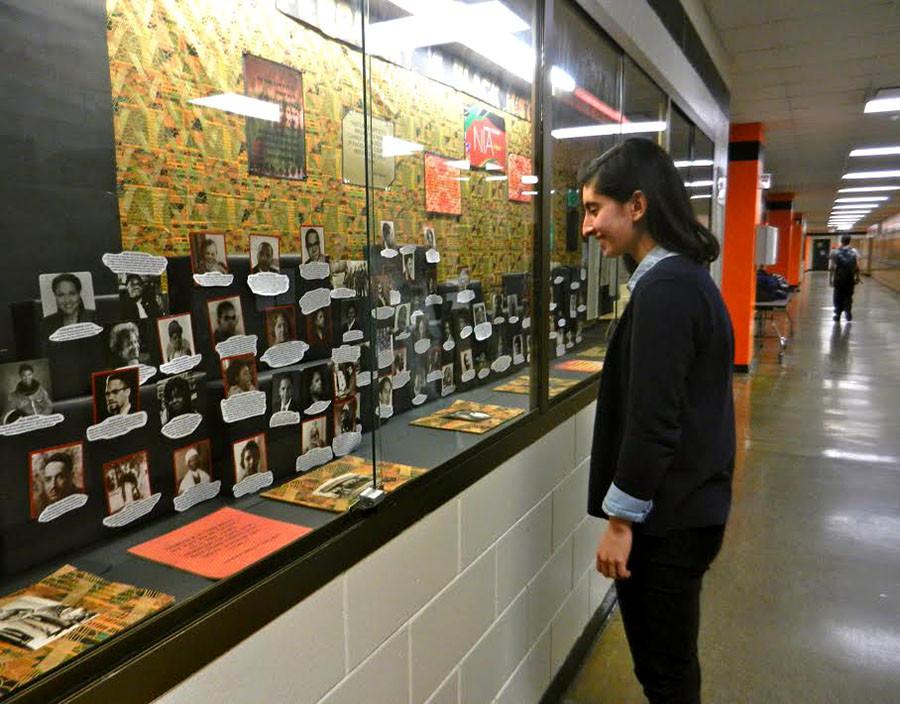Black History Month is celebrated by re-framing history
February 26, 2015
February marks the beginning of Black History Month. Originally started by Carter G. Woodson, Black History Month was first called ‘Negro History Week’, and was celebrated on the second week of February to correspond with the birthdays of Frederick Douglass and Abraham Lincoln.
History teacher Abigail Gaul has had conversations with her class this month about ethnocentrism and eurocentrism, and how they have affected the history curriculum. She said that some history curriculum illustrated, “the only inventions and innovations were happening in Europe,” something that is absolutely false.
But what is the right way to celebrate Black History Month in classrooms? There have been many criticisms about the concept, like that Black history should be celebrated and taught throughout the whole year, not just pushed into one month.
Gaul believes there is value in the month, “as long as it does not become the token month…[Black History Month] shouldn’t be used as an excuse for not teaching it all year.”
Gaul discussed the exceptionalism model, how many figures of Black History Month have been celebrated as the only few noteworthy Black people of their eras.
Gaul’s class will spend a week this month learning about African kingdoms. Another history teacher, Elliott Hanson, will also spend some time in class teaching about African kingdoms, as well as the geography of Africa.
Posters and displays commemorating Black History Month have been put up in the glass cases and in the library. One display, put up by Associate Educator Marilyn Hawkins, is across from the main office. It contains the quote, “A people without the knowledge of their history, origin and culture is like a tree without roots.”, said by Jamaican political leader Marcus Garvey.
To close out Black History Month, there is an auditorium planned for this Thursday, February 26th.





